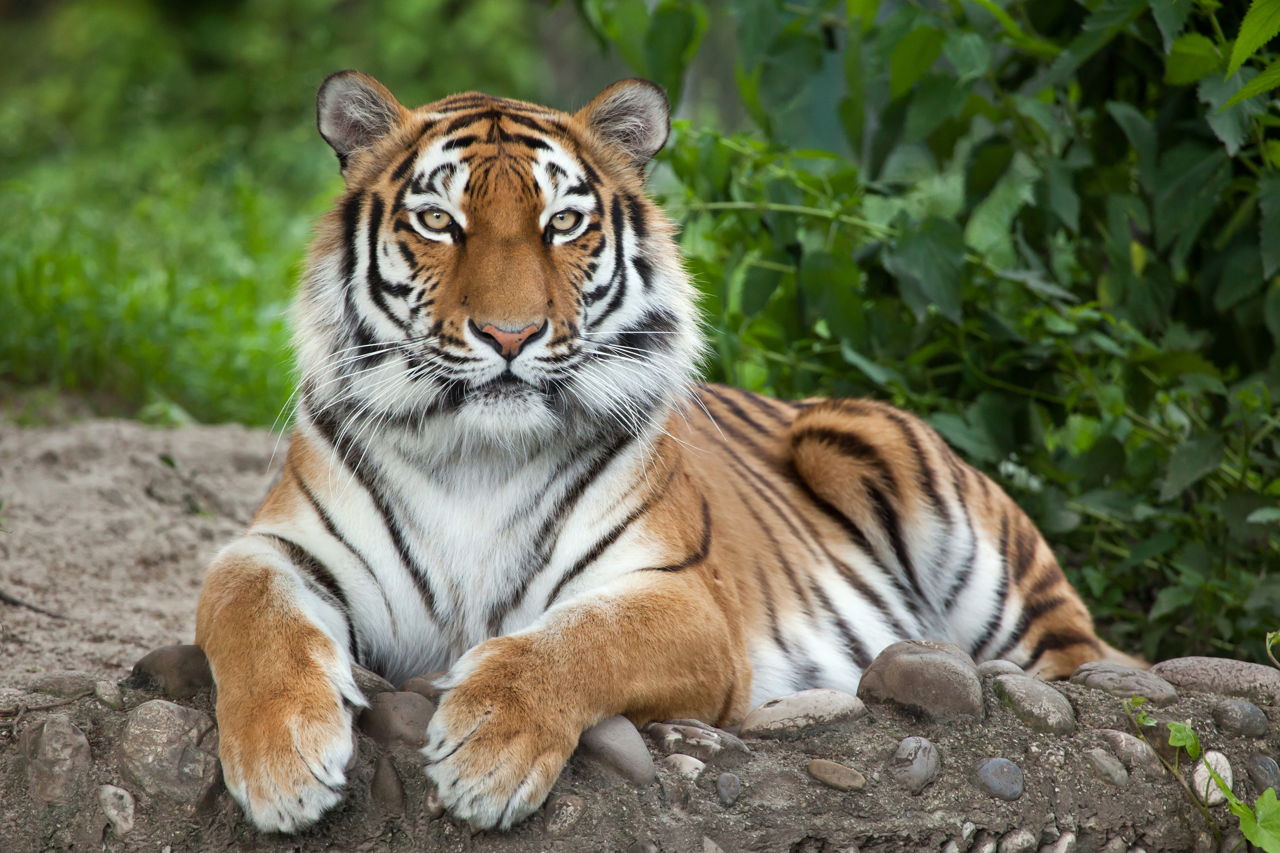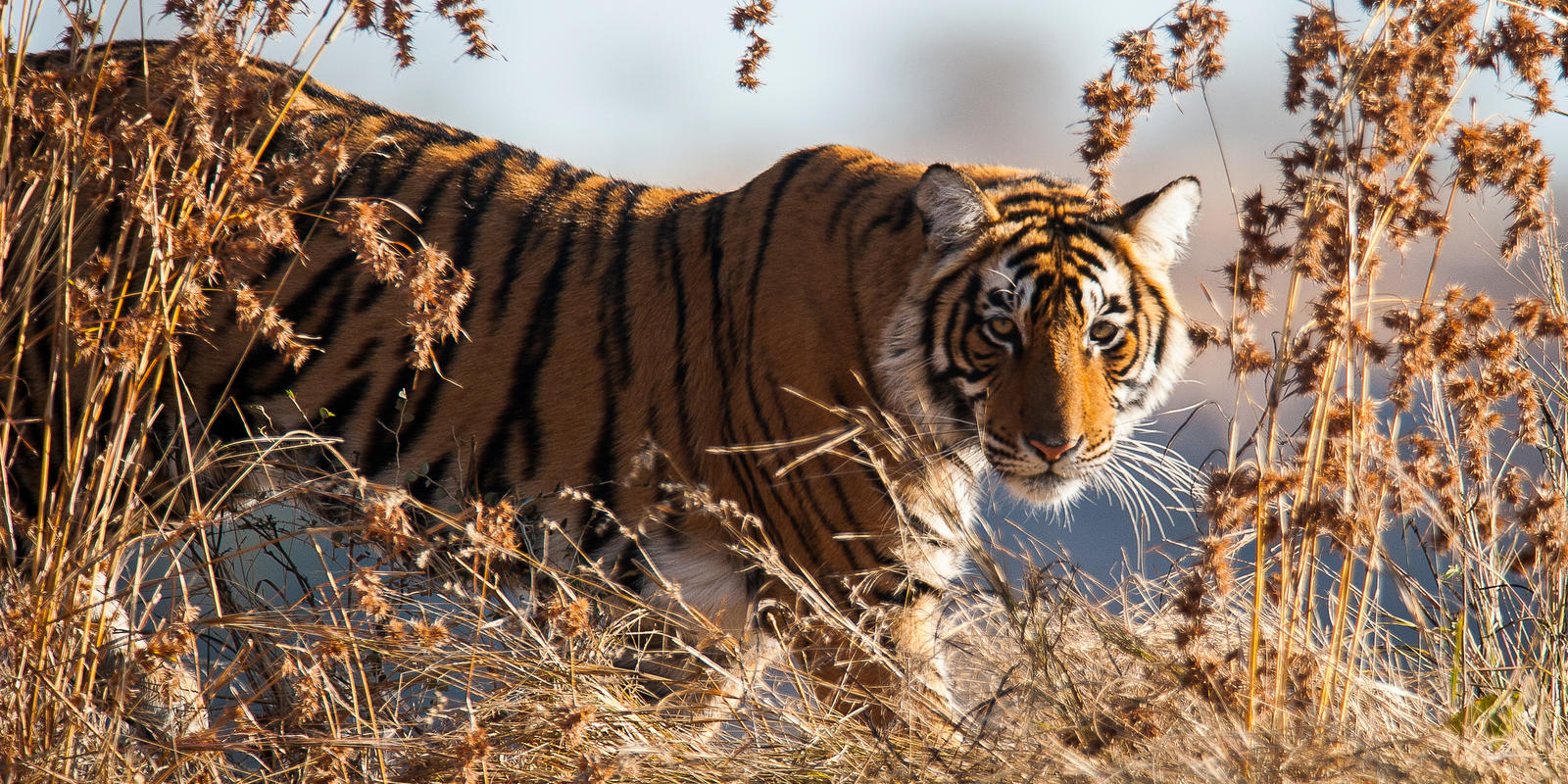THE SIBERIAN TIGER
Background
Amur, or Siberian, tigers were once found throughout the Russian Far East, northern China and the Korean peninsula. By the 1940s, hunting had driven the Amur tiger to the brink of extinction—with no more than 40 individuals remaining in the wild. The subspecies was saved when Russia became the first country in the world to grant the tiger full protection.

By the 1980s, the Amur tiger population had increased to around 500. Although poaching increased after the collapse of the Soviet Union, continued conservation and antipoaching efforts by many partners—including WWF—have helped keep the population stable at around 540 individuals.

Population
The Amur tiger’s habitat is now restricted to the Sikhote-Alin range in the Primorski and Khabarovsk provinces of the Russian Far East, small pockets in the border areas of China and possibly in North Korea. The high latitude means long winters and that the sun does not rise far above the horizon.

Endangered
Tiger forests are at risk from logging, conversion to agriculture, urban expansion, road construction, mining, fires and inadequate law enforcement. Illegal logging is widespread throughout the Russian Far East and has a major impact on tiger populations because Korean pine and Mongolian oak provide critical food for the the tigers' prey during the snow season.

At least 30% of all Russian forest exports are tainted by illegal logging. The United States is the top importer of hardwoods harvested in the Russian Far East and manufactured as furniture in China. In 2010, the Russian government listed Korean pine in Appendix III of CITES—requiring CITES permits for Korean pine timber exported from Russia and making it harder for the illegal timber trade to continue.
The most immediate threat to the survival of Amur tigers is poaching to supply demand for tiger parts on the black market. Experts say a new breed of poacher stalks the tigers of the Russian Far East. Often having international ties, these modern poachers are better-armed, more organized and faster than their predecessors.



